Experience the Golden Age of Jet Travel
Join me and the Author of "Come Fly the World" journalist Julia Cooke
Yesterday we celebrated my mom’s 4th birthday during her battle with cancer. She’s beaten breast cancer once, brain cancer twice. In the last year she beat four brain tumors into remission and currently has a clean bill of health.
And how did she celebrate? By traveling, of course. It’s the Pan Am way.
I blame my mother for giving me the travel bug. She took me on my first flight when I was just two months old. She used her Pan Am perks to fly us first-class to France (for free) to attend the wedding of two of her flight-attendant friends from when she was based in London in the mid-70s. That trip set the tone for much of my life - frequent travel, cosmopolitan family friends, and broad exposure to the world at a young age.
Which is why I’m really enjoying Come Fly the World, by journalist Julia Cooke. It puts Pan Am’s iconic stewardesses into the greater social and political context of the mid-to-late 20th century. From changing gender roles to the sexual revolution, the war in Vietnam and the airline’s role as an extension of U.S. foreign policy, this book has helped me greater understand the impact women like my mother had on the world.
And I’m extremely excited to announce that Julia will be joining our next book club meetup to chat with us about the legacy of Pan Am on April 6th alongside my mother and her own Pan Am buddies. Upgrade to a paid subscription to join the live call!
Julia was raised in the “Pan Am family” (her father was an exec) and also used to live in Mexico City. She’s a freelance journalist whose work has been published in Condé Nast Traveler, The New York Times, Playboy and Salon. Her first book, The Other Side of Paradise chronicled daily life in Cuba, a country she has covered extensively.
If you haven’t yet picked up Come Fly the World, I highly recommend you do. I’m about halfway through, but so far I love how Julia explores the intersection of mass air travel, diplomacy, soft power, and active warfare. From the stories of being fired at from soldiers during Nigeria’s civil war, to escorting GI’s to Hong Kong for R&R trips during the Vietnam War, airlifting babies out of Saigon, and navigating some of the first hijackings - most of which were seen as amusing annoyances that usually took the planes to communist Cuba.
Now, as the world appears to be “deglobalizing,” it’s a fascinating time to look back on this Golden Age of Jet Travel and see how Pan Am’s 747s stitched the world closer together while making it more equal and open for all.
Below are a few discussion questions from Julia to get us thinking more about the topic. So grab your copy of Come Fly the World, drop your thoughts into the comment section, and upgrade to a paid subscription to join me, Julia, and our PanAm fam on Thursday April 6th at 4PM PST // 5PM CDMX// 7PM NYC. (Zoom details will be sent out to paying subscribers next week.)
Happy reading!
Marko
Discussion Questions
1. What were early advertisements for work and travel with Pan Am like? How did they appeal to the public? What did the company claim to offer women who applied for jobs as stewardesses, and why were these jobs attractive to so many women? What drew Lynne Totten to this line of work? What qualifications were necessary for those like Totten who were applying to be flight attendants? Were you surprised by any of the requirements? What particular duality does the author say was expected of the women applying for these jobs?
2. What does the author mean when she writes that “what was revolutionary was the lack of should” for stewardesses (12)? How did a career as a Pan Am stewardess allow the women to eschew and challenge some of the norms and expectations around gender at this time? Alternatively, how did a job as a stewardess perpetuate or reinforce some of these very gender norms and expectations? How did Totten’s family, and the family and friends of other women applying for jobs with Pan Am, feel about this type of career? What reservations of her own did Totten have about this line of work?
3. What word appeared over and over in the manuals the stewardesses consulted, and what did this reveal about their role in international affairs? What role did the stewardesses of Pan Am play in the Vietnam War? What does the author say were the two perspectives on the American troops in South Vietnam? What was a “pipeline to paradise” for American soldiers during this time? What bargain did Pan Am offer the U.S. government in the 1960s, and what was expected of the stewardesses in line with this? Why was this role attractive to women like Clare Christiansen? What were the inherent risks and dangers of this kind of wartime airline work? What was Operation Babylift, and what role did the women of Pan Am play in it?
4. At the time Tori Werner was considering a career in the foreign service, what percentage of those working in this field were women? What challenges did women in this particular field face? What typically forced the retirement of women working in the foreign service? Why did Tori abandon her dream of working in the foreign service to become a stewardess instead? Does this seem to have been a better choice?
5. The author explains that Pan Am was not “an organ of the U.S government” but “operated . . . parallel to American power from the start” (65). What does she mean by this? With the Lend-Lease Act, what did Pan Am become the first airline to do? When it came to “flag carriers,” what made the United States unique? What “heralded the start of the second jet age” (69)? As the industry was booming during this time in the mid to late 1960s, what does the author say that Pan Am placed its bets on?
6. What connection was drawn between airline travel and patriotism in the late 1960s? When it came to travel during this period, what did President Johnson ask Americans to do, and why did he make this request? How was this a departure from what was asked of U.S. citizens a decade earlier? What problems did this present for Black Americans in particular during this time? What was the general response to Johnson’s proposal, and how did the founder of Pan Am respond? How does this compare to ideas around airline travel, and specifically international travel, today?
7. Why do you think the author chose to include a section about the U.S. moon landing? What were the reactions of the stewardesses and the passengers on their flights when they heard that man had made it to the moon? What motifs or major themes of the book does the reference of this historical achievement help to reinforce? What connections might there be between the moon landing and the physical and cultural boundary-breaking being done by the women working for Pan Am?
8. Consider the setting and social backdrop of the book. What does the author say was a “near- absolute norm” for young women in the early 1960s (98)? How were ideas about sexual mores, marriage, and relationships changing by the end of the decade? What effect did this have on the lives and careers of the women working as stewardesses for Pan Am? For women like Tori Werner, what was Pan Am “an instrument” of (98)? What “salient new fact” did the 1967 directory of the Manhattan chapter of Pan Am stewardesses show (43)? How did the women support each other as they challenged and rejected the norms of previous generations and forged their own paths?
9. What obstacles did the women featured in the book face in terms of social mobility, and how did they deal with this? How did misogyny and discrimination affect their career paths and their day-to-day work? What public venue emerged in 1965 to challenge these issues of inequality? When cases went unanswered, what organization did women found? Who was favored in the first round of lawsuits between the women and their employer? Were you surprised by this? Why or why not? Who was Alison Palmer, and what does Cooke say that Palmer took “as a given fact,” even after she won her lawsuit in 1972 (173)? Overall, what gains were made via the activism of the women described in Cooke’s book?
10. Although Pan Am claimed to value and seek diversity among its staff, what does the book actually reveal about racism in the airline industry and in 1960s America at large? How were African-American applicants treated differently than their peers and discriminated against? Even after many court cases were won by African-American plaintiffs, why did recruitment efforts to build diversity stall? As women like Hazel Bowie pursued a college education and employment, what obstacles did they face? What was Bowie’s experience like in the countries she traveled to with Pan Am? Would you say that much has changed today? Discuss.
11. Karen Walker tells her friends that “it’s so much better to adore than to be adored” (122). How do they respond to this? What do you think of Walker’s comment about relationships? What mantra does Walker have printed on a poster above her bed? What does the author mean when she says that “popular culture simplified this independence—the kind Karen treasured—and winnowed it down to basic sluttishness” (129)?
12. Who tells Lynne Totten that they are surprised by her reading material, and why do they find it surprising? How does she respond to this? Who does the author say had “defined the wider perception of stewardessing” (151), and how did the stewardesses of Pan Am begin to “reclaim their images” (151)? Instead of talking about the instances of chauvinism they were exposed to, what does the author say that activists discussed instead? How effective was this?
13. How does the author say that feminists of the time perceived Pan Am stewardesses? Why does the author say that the term “feminist” wasn’t a good fit for so many of the women? Contrary to this, the flight attendants who self-identified as feminists felt that “all longtime stewardesses were de facto feminists” (153). What do they mean by this? Would you describe the women featured in the book as feminists? Why or why not?
14. Although the women of Pan Am came from many different locations and backgrounds, what qualities and goals did the flight attendants seem to share? How did these women reshape conversations around a woman’s value and place at home and in the world? How did Cooke’s depiction of the women of Pan Am align with or diverge from popular culture narratives about, and representations of, stewardesses?
15. Did the book challenge or change any of your preconceptions about this line of work and the women who undertook it? What most surprised you about Come Fly the World and the women featured in it? How does Cooke’s book ultimately address “the disconnect between the perception of the job as all glamour and access . . . and its actual reality” (215)?


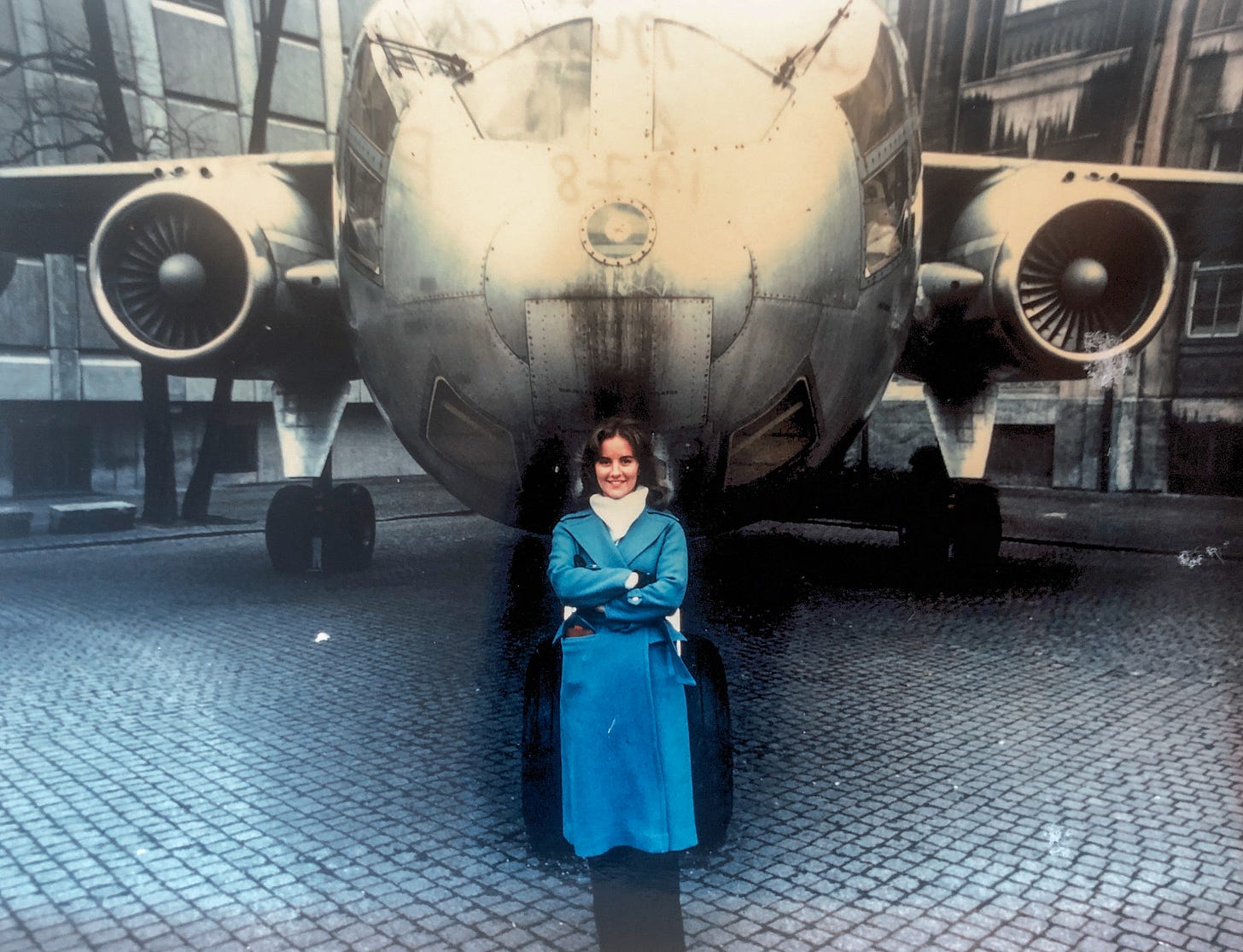

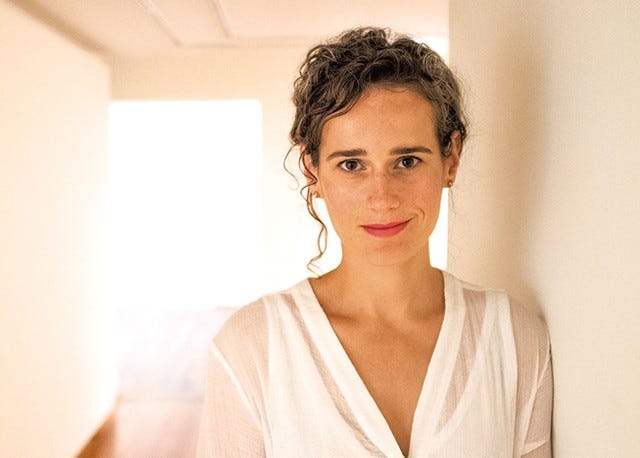

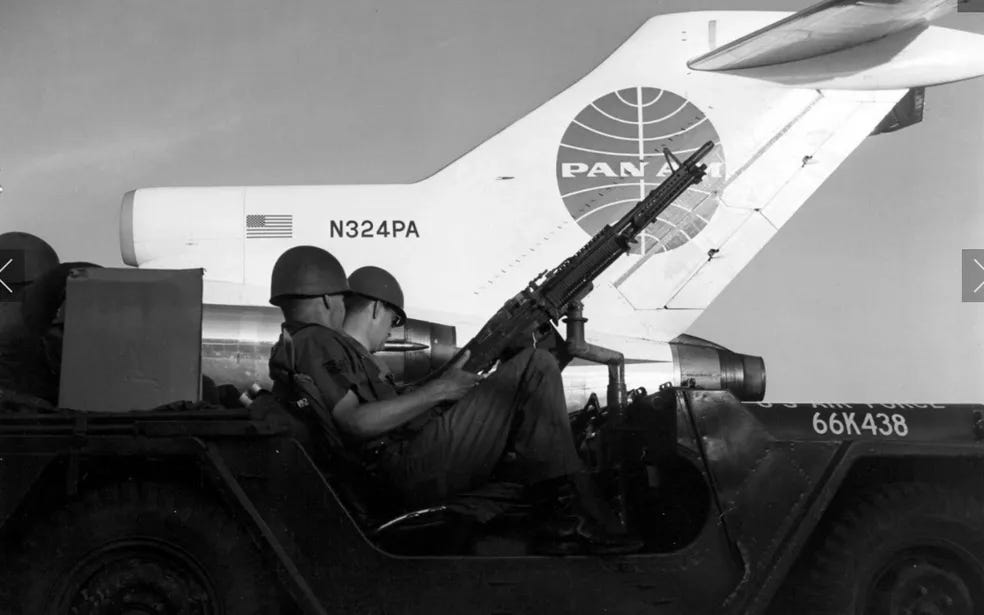

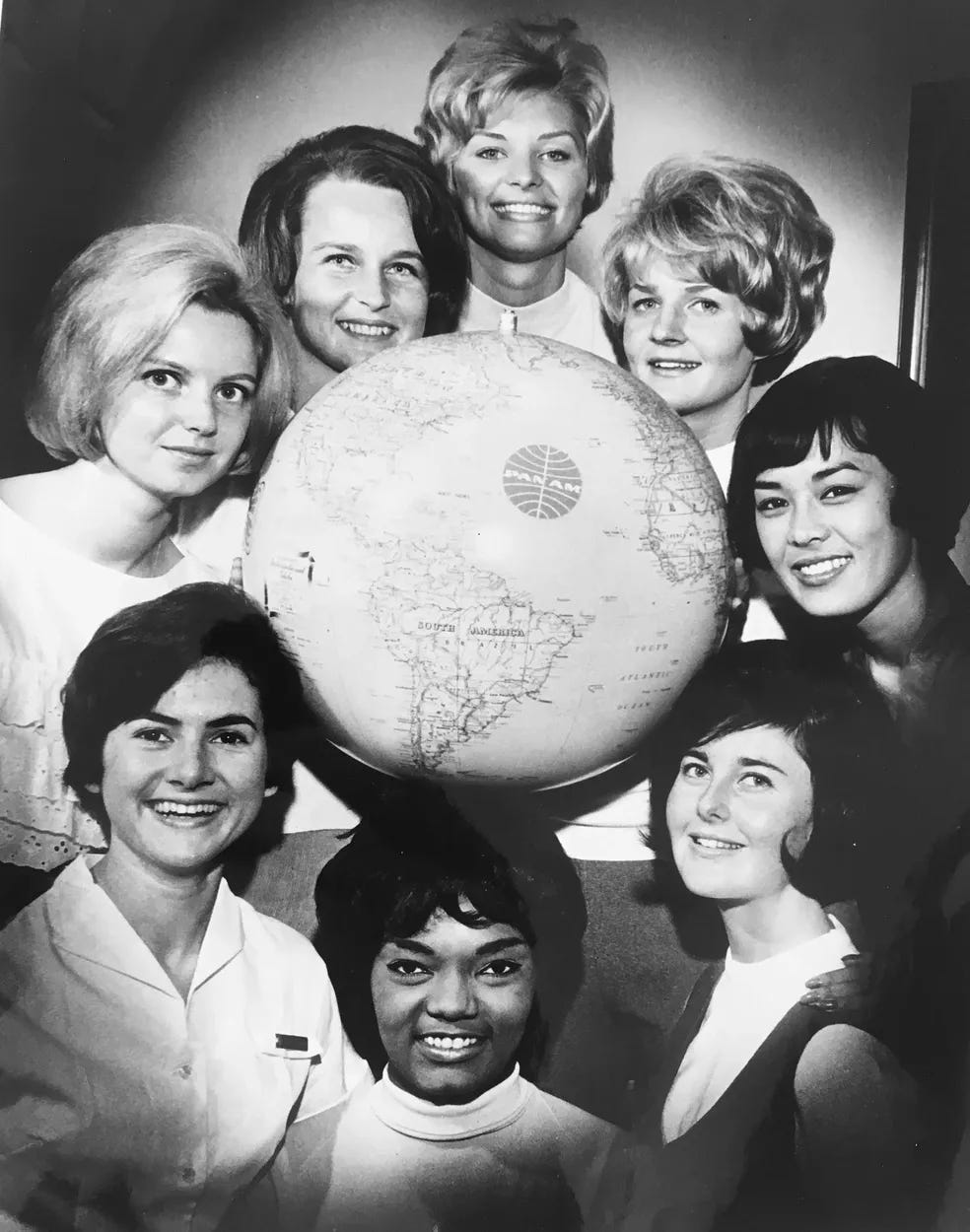
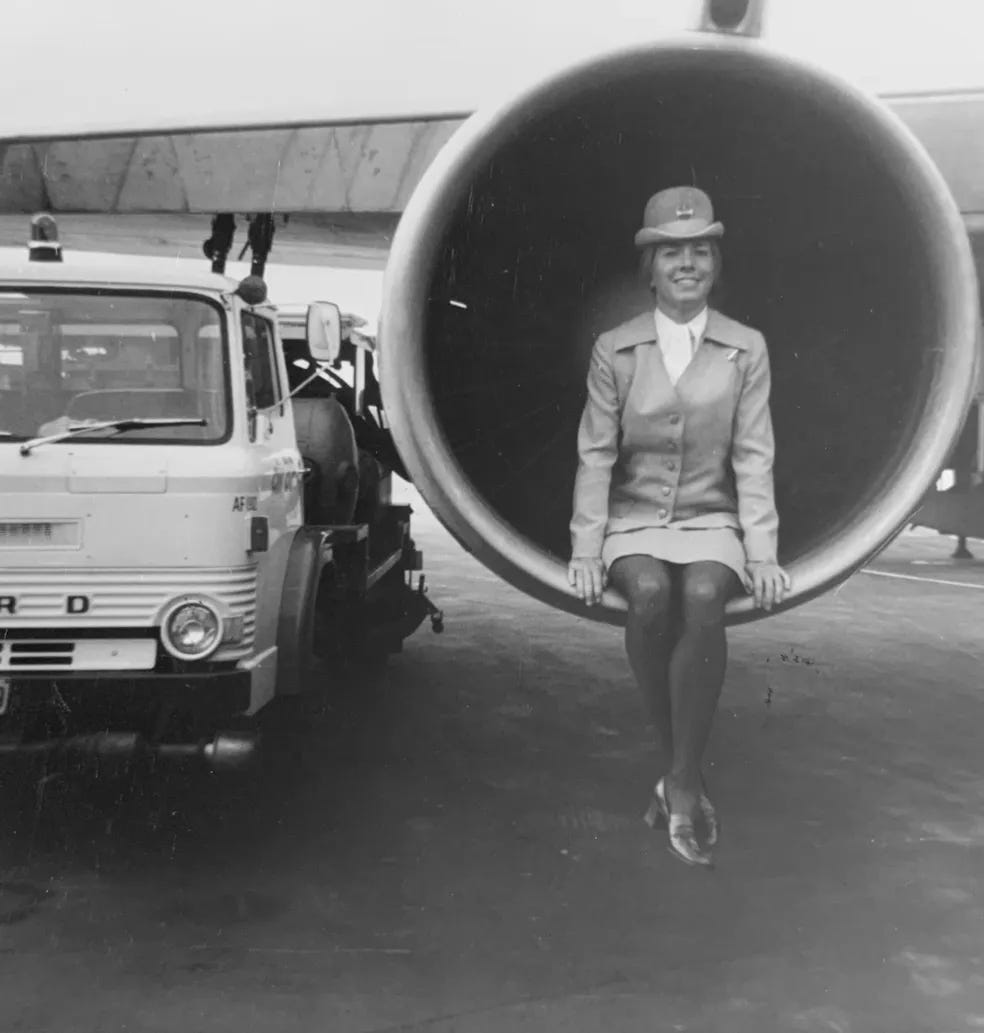
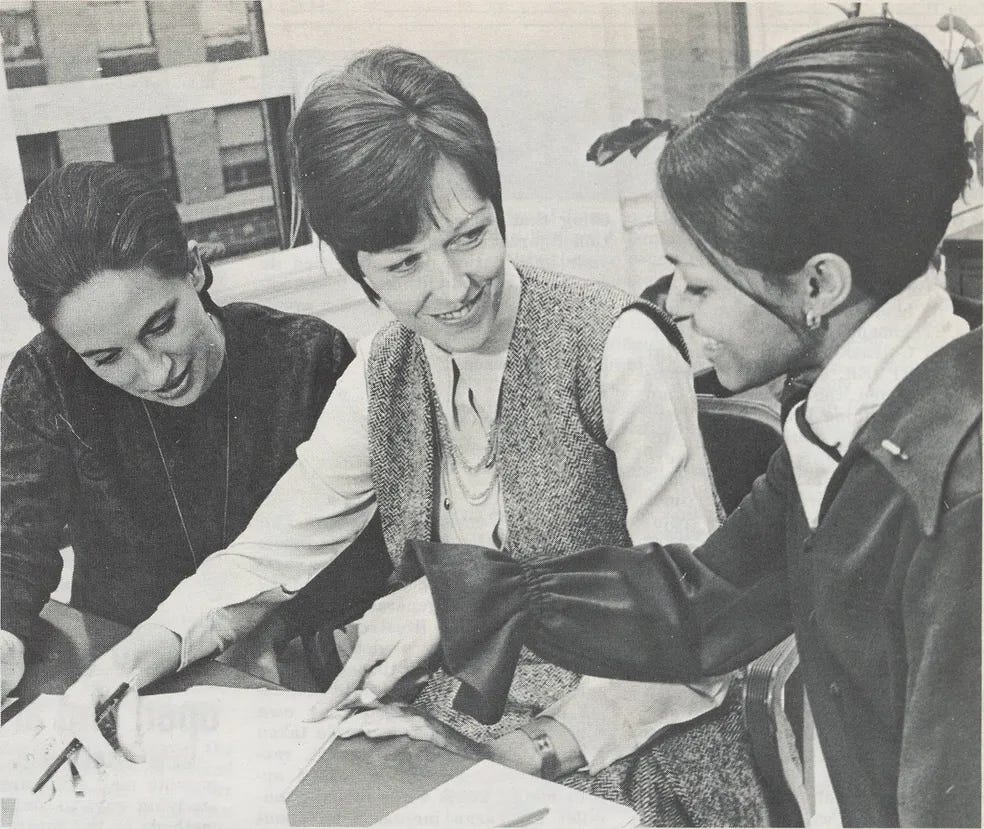
I’m so glad your mom has a clean bill off health! What an incredible life she has led thus far and so much more to go. I’m diving into the book this weekend. Very excited to have the author there. Thanks Marko!